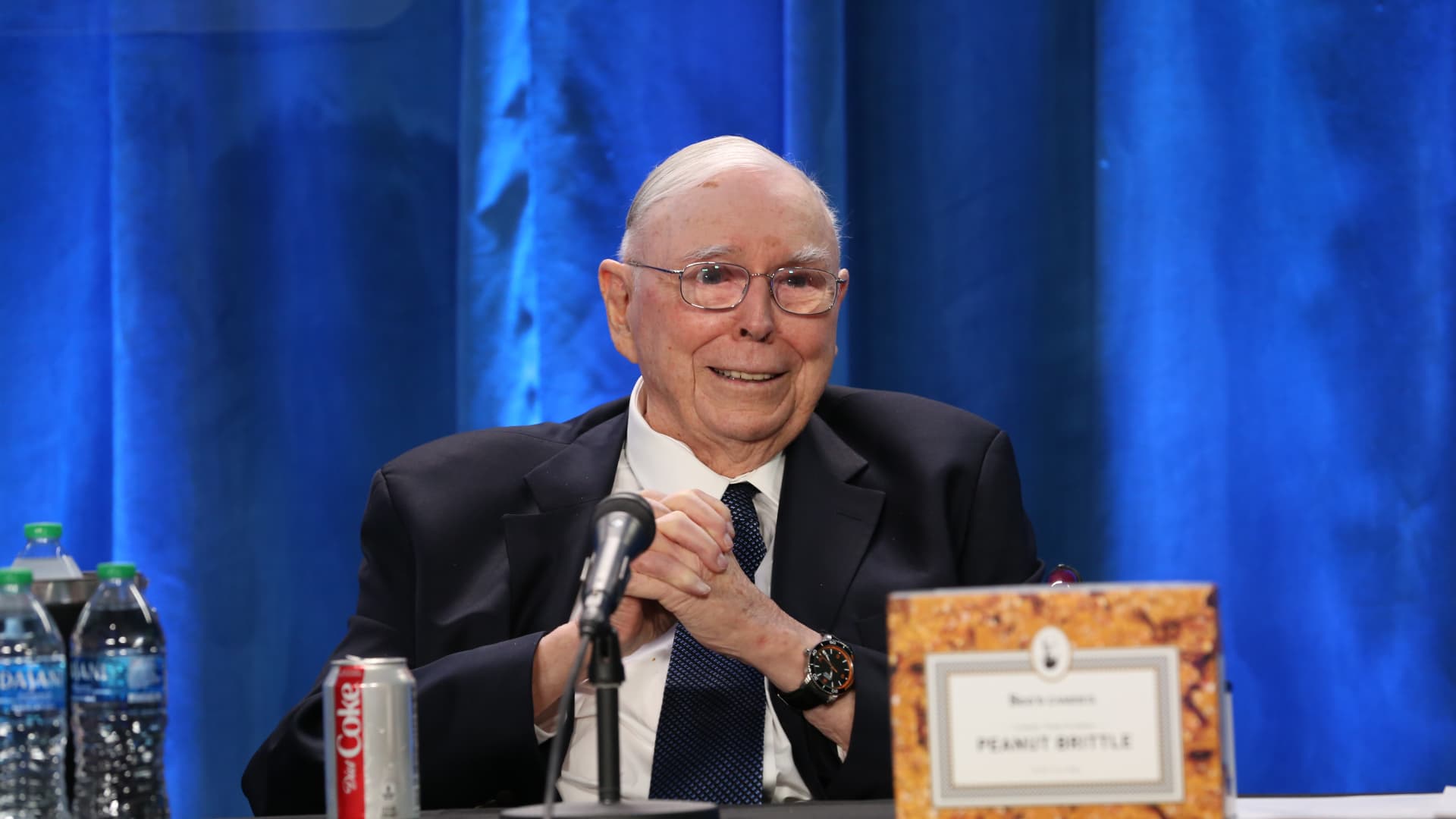China is likely to cut its benchmark policy rate next month, economists say, after PBOC keeps LPR steady


BEIJING, CHINA – JANUARY 06: The People’s Bank of China (PBOC) building is seen on January 6, 2025 in Beijing, China.
Visual China Group | Getty Images
China could cut its main policy rate as soon as next month following the country’s annual parliamentary meeting, economists told CNBC, after the country’s central bank kept the loan prime rates steady Thursday.
The People’s Bank of China held the 1-year LPR at 3.1%, and the 5-year LPR at 3.6%. The decision was in line with Reuters poll estimates.
The LPRs — normally charged to banks’ best clients — are calculated monthly based on designated commercial banks’ proposed rates submitted to the PBOC. The one-year LPR influences corporate loans and most household loans in China, while the five-year LPR serves as a benchmark for mortgage rates.
“Pressure on the banks’ net interest margins and exchange rate amid slower pace of the Federal Reserve’s rate cuts all lead to a stabilization of China’s policy rate,” said Bruce Pang, adjunct associate professor at Chinese University of Hong Kong business school.
Pang, however, expects a 50-basis-point cut to the reserve requirement ratio as soon as next month and anticipates the 7-day reverse repo rate — the country’s main policy rate — to be lowered by 40 to 50 basis points this year.
China’s central bank frequently uses the 7-day reverse repo rate — which controls the amount of liquidity in the banking system — to signal its monetary policy intentions and guide the LPR in the desired direction.
The PBOC has kept its 7-day rate has steady at 1.5% since a cut in September, as the central bank sought to defend the yuan that faces downward pressure amid threats of higher tariffs.
Supporting the yuan, however, comes with risks to the economy, as a weaker yuan could help keep Chinese exports competitively priced abroad, while a stronger currency makes imports more expensive at a time when consumer demand has been weak.
“We still think [the 7-day rate] has a decent chance to be cut in Q1,” Lynn Song, chief economist at ING said, as the real interest rate remains relatively high. He expects PBOC to cut rates after the annual parliamentary meeting in Beijing next month.
“Cutting rates further could help encourage investment and consumption,” Song said, adding that the pressure on yuan had subsided recently, making the case for a rate cut.
China is set to release its 2025 full-year growth target at its parliamentary meeting chaired by Xi Jinping. The event, which typically lasts about a week, is scheduled to kick off on March 5.
The policymakers are likely to keep the official real growth target unchanged at “around 5%” while lowering the consumer inflation target to “around 2%” from “around 3%” last year, according to Goldman Sachs.
The Wall Street bank expects policymakers to reiterate their pro-growth monetary easing pledges at the meeting while committing to stabilizing the yuan in a “reasonable range.”
PBOC Governor Pan Gongsheng said at a conference in Saudi Arabia on Sunday that a stable yuan has been critical to maintaining global financial and economic stability. Pan also reiterated Beijing’s commitment to adopt a proactive fiscal policy and an accommodative monetary policy this year.
Chinese offshore yuan has fallen nearly 2.5% against the greenback since Donald Trump’s election victory in November, after recouping some of the losses in recent weeks. It strengthened 0.20% on Thursday to trade at 7.2673 on the dollar.
Spurring growth vs. steadying yuan
The world’s second-largest economy has been struggling to emerge from a prolonged property crisis and tepid consumer demand. China’s manufacturing activity unexpectedly contracted in January, while services activity weakened, keeping alive calls for more stimulus.
While the PBOC officials said late last year, they would cut banks’ reserve requirement ratio and interest rates at an “appropriate time,” the rate cuts are yet to materialize, as policymakers face more trade tensions with the U.S.
Since the inauguration last month, U.S. President Donald Trump has imposed a 10% tariff on all imports from China, on top of existing tariffs of up to 25%.
However, market concerns over trade tensions are easing, following reports that Trump may strike a wide-ranging deal with China, a team of analysts at DBS Bank said in a note on Thursday.
“Increased hopes of a U.S.-China comprehensive deal may limit any deterioration in RMB sentiment going forward, even as markets await further Trump tariffs,” the bank said.
Constraining PBOC’s easing steps is also the Fed’s slower pace with policy rate cuts. The U.S. Federal Reserve officials agreed they would need to see inflation come down further before lowering interest rates, according to the minutes of their January meeting, released Wednesday.









